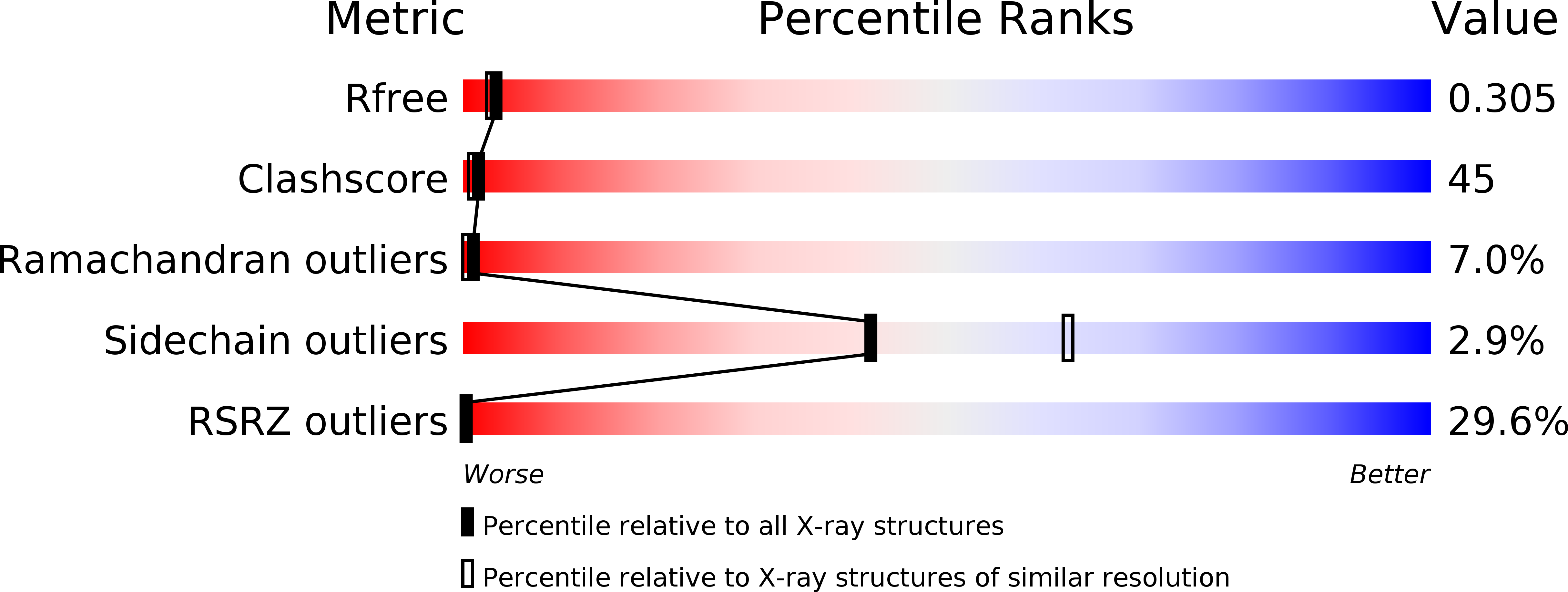
Deposition Date
2019-03-29
Release Date
2019-05-15
Last Version Date
2024-11-06
Entry Detail
PDB ID:
6JQA
Keywords:
Title:
Crystal structure of phyllogen, a phyllody inducing effector protein of phytoplasma.
Biological Source:
Source Organism:
Onion yellows phytoplasma OY-W (Taxon ID: 428984)
Host Organism:
Method Details:
Experimental Method:
Resolution:
2.40 Å
R-Value Free:
0.30
R-Value Work:
0.26
R-Value Observed:
0.27
Space Group:
P 21 21 21


